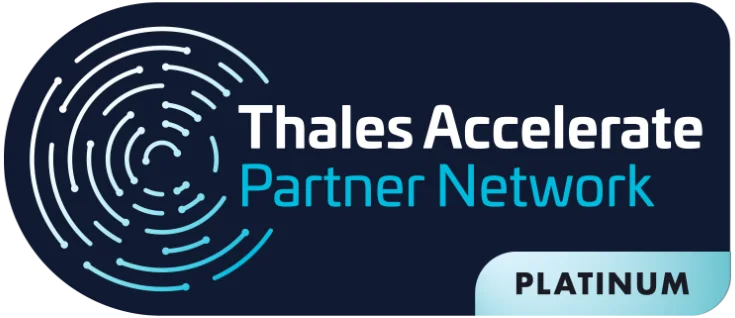Business process management and automation are two factors that are leading companies to use digital documents more and more. This strategy also results in reduced costs and increased productivity. However, concerns about the integrity of the information have generated major doubts and insecurity for managers.
Digital documents are one of the main strategies adopted to improve business processes. They are also present in optimizing the use of companies’ investments and IT infrastructure in the production process.
One example of this strong trend is print outsourcing. He recommends assessing which documents should be printed and which can be kept digitally.
As well as cutting costs, digital documents make workflows more efficient and help businesses evolve. Despite the benefits, many doubts have arisen and need to be clarified in order to effectively adopt this strategy.
Digital document processing has benefited companies, but there are many doubts
This is very reminiscent of when cloud computing first appeared. After all, at the time many companies showed good results in terms of cost reduction and increased productivity. However, others had many doubts and therefore postponed using the technology.
And the migration of documents to digital media is no different. Similar to what happened with the cloud, the possible problems with information integrity have led to a number of questions:
- Will my stored document not be modified?
- When I consult a document, has it not changed since I read it?
- Who can guarantee that an approved document hasn’t been manipulated?
- Who is responsible for the integrity of the information?
- Who solves the problems with information integrity?
So realize that these are pertinent questions that can have an impact on your business. Especially when issues such as corporate governance, data security and compliance are increasingly demanded by companies in audits and regulatory requirements.
All these doubts and regulatory requirements converge around a common point: the integrity of information.
Who will be responsible for resolving problems with information integrity?
When it comes to IT, you can’t think of a single person responsible for the integrity of digital documents.
Technology and innovation must be used to define an efficient control process, with results that guarantee data security.
Improving business processes should be part of any company’s strategic planning, regardless of size or segment.
Therefore, adopting methodologies that can implement efficient and automated workflows for the digital environment is the best way forward.
In addition, associated with methods that map business processes, such as BPM(Business Process Management), where the main business operations are evaluated, problem areas are located and the company’s workflow is adjusted, the authenticity of the information must be prioritized.
In addition, the best way to eliminate information integrity and authenticity problems is to use a digital signature solution.
This way you can guarantee the accuracy of the data. It is still possible to retrieve a digital document in the future and be sure that it has not been altered irregularly.
Digital signature solves problems with the integrity of information in the digital environment
When digitally signing a document, a hash is used. This guarantees the user that the file has not been altered
In addition, other mechanisms are applied to the digital signature to help verify and validate the document. Adding a record of the date and time of the signature, for example, guarantees that the document was signed by a specific person or company at that time.
In addition, the time instant of a reliable service can be obtained so that it has this guarantee.
|
|
To better understand the use of digital signatures, we can compare them to the process of signing a document in one’s own hand. We even have an article here on our blog that explains this analogy in more detail, but in a nutshell we can say that:
- The person sends you a document with certain content and a handwritten signature.
- The first property that can be checked is the integrity of the document. You can do this by looking for erasures or changes in the document.
- The second property to be checked is subscriber authentication. This verification is done by comparing the signature on the document with a reference signature of the person.
The concept of irretractability can also be used to verify the authenticity of the document. However, our aim is to draw a simple analogy between digital and handwritten signatures.
That’s why digital signatures pursue the same goal as traditional signatures. By digitally signing a document, it is possible – through technological resources – to verify its integrity and authenticity. This also reduces the possibility of problems with information integrity.
Integrity of a digital document
In short, in order to guarantee the integrity of a digital document in terms of its content, it is checked whether the set of data of which it is composed remains in its original content or in the form that was approved.
To do this, the technology used in digital signatures makes use of two technologies: a cryptographic summary function, which calculates all the bytes in the document to generate a value, determined as a cryptographic summary, and private key cryptography.
Therefore, this integrity code will always be used when it is necessary to verify the integrity of this electronic document. This makes it possible to check whether the document has any differences from the original and encryption guarantees the authenticity of this value.
Authenticity of a digital signature
If the content is guaranteed to be valid in the version presented, the authenticity of the signature used must be legitimized. Unlike the traditional way, we will once again use technology to guarantee what has been signed.
To do this, encryption keys are usually used to verify the authenticity of the signature, thus eliminating the possibility of any problems with the integrity of the information.
It is also worth highlighting the importance of digital signatures in authentication processes. Implementing digital technologies associated with information security policies is the first step towards reducing the risk of incidents, guaranteeing confidentiality and avoiding problems with the integrity of information about clients, employees, suppliers and the company itself.
Finally, the use of the digital environment is a reality, especially at the moment – an intense period of digital transformation with an impact on companies and customers.
To find out more about digital signatures and keep up to date with Eval’s latest news and technologies, subscribe to our newsletter and keep following us on our Linkedin profile.
About Eval
EVAL has been developing projects in the financial, health, education, and industry segments for over 18 years. Since 2004, we have offered solutions for Authentication, Electronic and Digital Signature, and Data Protection. Currently, we are present in the main Brazilian banks, health institutions, schools and universities, and different industries.
With value recognized by the market, EVAL’s solutions and services meet the highest regulatory standards of public and private organizations, such as SBIS, ITI, PCI DSS, and LGPD. In practice, we promote information security and compliance, increase companies’ operational efficiency, and reduce costs.
Innovate now, lead always: get to know Eval’s solutions and services and take your company to the next level.
Eval, safety is value.







